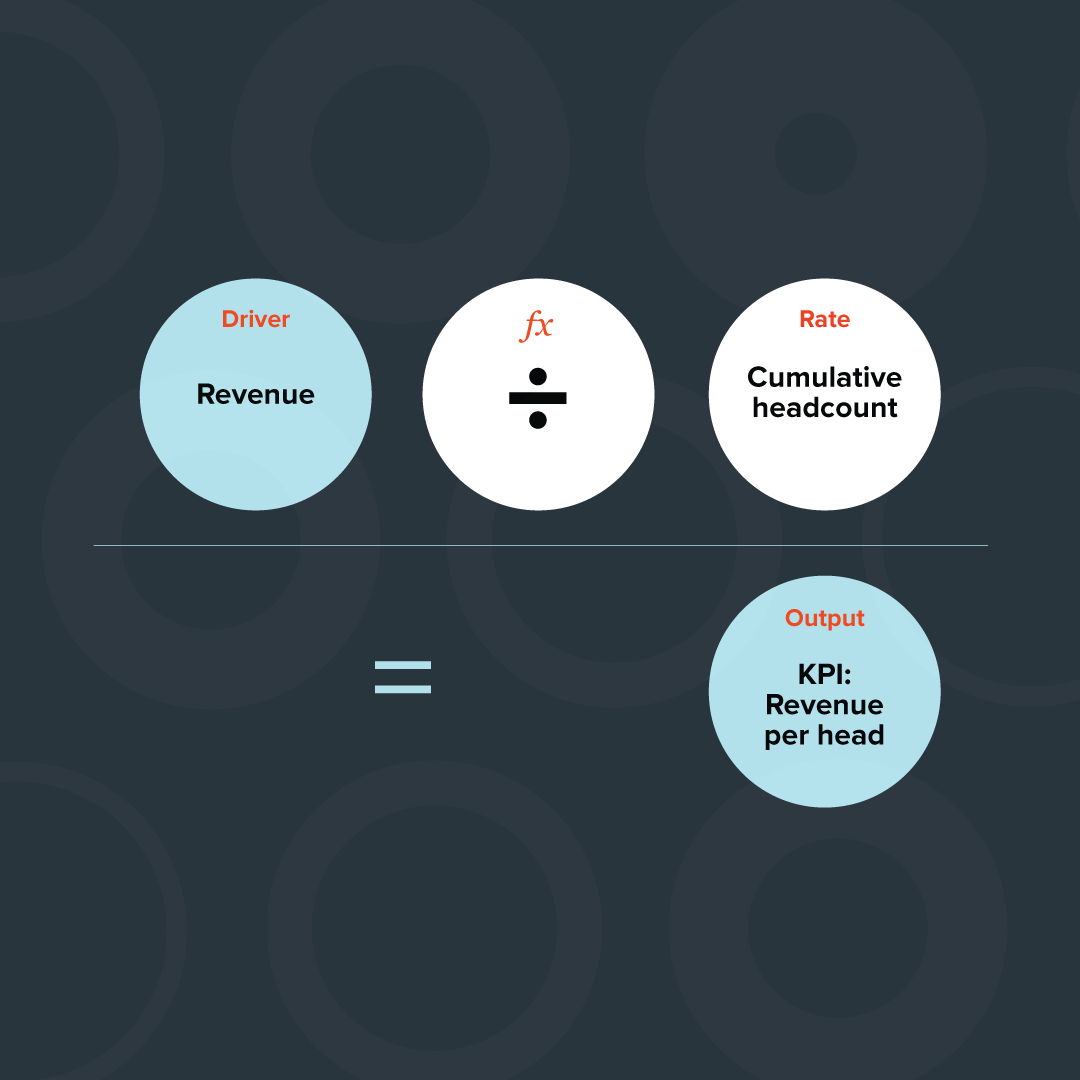Securing investment from Venture Capitalists (VCs) is a crucial step for startups and emerging companies looking to fuel their growth. However, attracting the attention of VCs and convincing them to invest in your venture requires more than just a compelling pitch and a groundbreaking idea; it demands a well-structured and comprehensive financial model.
In this article, we’ll discuss the intricacies of creating a financial model tailored specifically for VCs, exploring the essential components, methodologies, and best practices to create a financial model that resonates.
What are Venture Capital Firms looking for in a financial model?
Venture Capital Financial Modeling is a specialized type of financial analysis and forecasting that startups and early-stage companies use to present their business plans and financial projections to potential venture capital investors.
The primary goal of this type of modeling is to provide VCs with a clear understanding of the company's financial health, growth potential, and the expected return on their investment.
Here are the core elements your financial model should have:
- Income Statement (Profit and Loss Statement): This section provides a detailed breakdown of a company's revenues, costs, and expenses over a specific period, typically projected over several years. Key components include revenue forecasts, cost of goods sold (COGS), gross margin, operating expenses, and net profit or loss.
- Cash Flow Statement: The cash flow statement outlines the change in cash of the company during a specified period. It includes operating cash flows (from day-to-day business operations), investing cash flows (capital expenditures and investments), and financing cash flows (funding received and debt repayment).
- Balance Sheet: The balance sheet represents the company's financial position at a specific point in time. It includes assets (cash, inventory, and equipment), liabilities (loans and accounts payable), and equity (retained earnings, shareholders’ equity).
- Revenue Projections: This section outlines how the company expects to generate revenue over time. It may include different revenue streams, pricing strategies, and assumptions about customer acquisition and growth rates.
- Expense Projections: Detailed forecasts of operating expenses, including salaries, marketing, rent, utilities, and other costs, are crucial. Investors want to see that the company has a realistic understanding of its expenditures.
- Capital Expenditure (CapEx): This component focuses on the company's planned investments in assets such as equipment, machinery, and technology. In most cases, VCs want to know how the company intends to allocate funds for growth and expansion.
- Burn Rate: The burn rate calculates how quickly the company is using its cash reserves to cover operational expenses. Investors closely scrutinize this metric to assess the company's runway—how long it can operate before needing additional funding.
- Scenario Analysis: Scenario analysis explores different potential outcomes, such as best-case, worst-case, and base-case scenarios for budgeting. This helps VCs understand the range of possibilities and risks.
Why Creating a Financial Model to Attract Venture Capital Is Crucial
A well-prepared Venture Capital Financial Model is a critical tool for both entrepreneurs seeking funding and VCs. Here are some reasons why you should prioritize your Venture Capital Financial Modeling:
Attracts Investor Interest
VCs receive numerous investment proposals on a regular basis. A well-prepared financial model distinguishes your startup from others by demonstrating your commitment, professionalism, and clear understanding of your business financial mechanics.
For example, if you're running a tech startup, and you've meticulously crafted a financial model that outlines your revenue projections, financial forecasts, and cash flow management strategies, it not only showcases your dedication but also provides investors with confidence in your ability to make sound financial decisions.
Supports Informed Decision-Making
Financial modeling helps startups make informed strategic decisions by providing insights into various scenarios and their financial implications.
For instance, if you're operating an ecommerce business, your financial model can simulate different growth strategies, like expanding product lines, entering new markets, or optimizing marketing spend.
By analyzing these scenarios, you can make data-driven decisions that maximize profitability and attract potential investors who value strategic acumen.
Facilitates Funding Negotiations
VCs use financial models as a basis for negotiations. A well-structured model allows for a more constructive discussion about valuation, ownership structure, and funding terms. For example, if you're seeking VC funding for your clean energy startup, your financial model can provide clear insights into your company's growth potential and expected returns. This transparency aids in negotiations and increases the likelihood of securing the desired investment terms.
Assesses Investment Risk
VCs evaluate startups based on their growth potential and associated risks. A financial model allows VCs to analyze key risk factors, like the company's burn rate, cash runway, and sensitivity to market changes. For instance, if you're running a biotech startup, your financial model can outline the anticipated costs of clinical trials and the expected timeline to receive regulatory approvals. This helps VCs assess the level of risk and make informed investment decisions in a highly regulated industry.
Measures Progress
After an investment, VCs monitor a startup's performance against the projections outlined in the financial model. Deviations from the model may indicate issues that need to be addressed, ensuring that the business stays on track.
For instance, if you've secured VC funding for your fintech company, your financial model becomes a benchmark for tracking key performance indicators (KPIs) like customer acquisition cost (CAC) and customer lifetime value (CLV).
If these metrics deviate significantly from the model, it signals the need for strategic adjustments and helps maintain investor confidence in your ability to adapt to changing market conditions.
How to Create a Financial Model that Raises Venture Capital Effectively
By presenting a well-prepared financial model, startups demonstrate their commitment and expertise, increasing their appeal to VCs who seek promising investment opportunities. However, creating an effective Venture Capital Financial Model requires time, research, and attention to detail. Here's how you can ensure that you have a clear financial roadmap for setting up your startup growth:
Understanding Your Business
Begin by gaining a deep understanding of your startup's business model, market, and revenue streams. Clearly define your product or service, target audience, pricing strategy, and sales channels. The better you understand your business, the more accurate your financial model will be.
Key Assumptions
List the critical assumptions that underpin your financial model. These might include customer acquisition rates, churn rates, pricing changes, and growth projections. Ensure that these assumptions are realistic and based on market research and data whenever possible.
Revenue Projections
Estimate your revenue based on your business model and market research. Break down revenue by product/service lines, customer segments, or geographical regions, if applicable. Consider various scenarios, like conservative, moderate, and aggressive growth projections.
Expenses and Cost Projections
Project your operating expenses, including fixed costs (e.g., rent, salaries) and variable costs (e.g., marketing, utilities). Use historical data, industry benchmarks, and your business plan to estimate expenses accurately.
Cash Flow Projections
Develop a cash flow statement to track the movement of cash in and out of your business. Include factors like investments, loans, and the timing of cash receipts and payments. Pay close attention to your cash runway, which indicates how long your startup can operate before needing additional funding.
Sensitivity Analysis
Conduct sensitivity analysis to understand how changes in key assumptions impact your financial outcomes. For example, analyze how a 10% increase in customer acquisition cost affects profitability. This helps identify potential risks and mitigation strategies.
Scalability and Growth
Show how your startup plans to scale and grow. This might include hiring plans, marketing strategies, and expansion into new markets. Highlight the key drivers of growth and their impact on financial performance.
Funding Needs
Calculate how much funding your startup requires to achieve its growth goals. This should consider both initial capital needs and future funding rounds. Be transparent about how you plan to use the funds.
Exit Strategy
Describe your exit strategy, whether it's an acquisition, IPO, or other means. Include potential timing and valuation estimates. This gives investors insight into their potential return on investment.
Documentation and Transparency
Document all assumptions, data sources, and methodologies used in your financial model. Maintain transparency, and be prepared to explain your numbers to potential investors.
Iteration and Review
Continuously update and refine your financial model as your business evolves. Review it regularly to ensure it remains aligned with your actual financial performance.
Seek Expert Guidance
If you're not experienced in financial modeling, consider seeking help from a financial analyst or consultant. They can provide valuable insights and ensure the accuracy and professionalism of your model.
Applying Cash Flow Projections to Models Presented to Venture Capital Firms
Cash flow projections are a crucial component of Venture Capital Financial Modeling, offering valuable insights into how a startup manages its cash resources over time. To apply cash flow projections effectively, start by analyzing historical cash flow data if available, which can provide a foundation for future forecasts.
Estimate operating cash flows, considering factors like revenue growth, pricing changes, and expense management. Incorporate investment-related cash flows, such as capital expenditures and strategic investments, into your projections.
Additionally, account for financing activities, including funding rounds and loan disbursements, along with their repayment schedules. Calculating your startup's burn rate, or how quickly you're using available cash to cover operating expenses, is crucial for determining your runway.
To enhance your financial model's robustness, run different versions of your models to understand how changes in various assumptions impact your cash flow. Create multiple scenarios, such as base-case, best-case, and worst-case scenarios, to assess potential cash needs under different circumstances. Monitor working capital components, optimizing the management of items like accounts receivable, accounts payable, and inventory.
Align your cash flow projections with the income statement and balance sheet to ensure coherence across all financial statements. However, consider seasonality if your business experiences periodic variations in cash flows. Continuously update and review your projections to reflect actual performance and changing market conditions, adjusting as needed to stay on track and make informed decisions.
Creating an effective Venture Capital Financial Model is not just a box to tick on your startup journey; it's the guide critical to the success of your business. But financial modeling can be complex, and it's essential to get it right, which is why the right tools and expertise make all the difference.
Jirav is designed to enhance your cash flow projections to empower startups like yours to streamline cash flow analysis, conduct in-depth scenario analysis, and create comprehensive financial models that captivate investors. Let us help you achieve financial success together; book a demo today.












